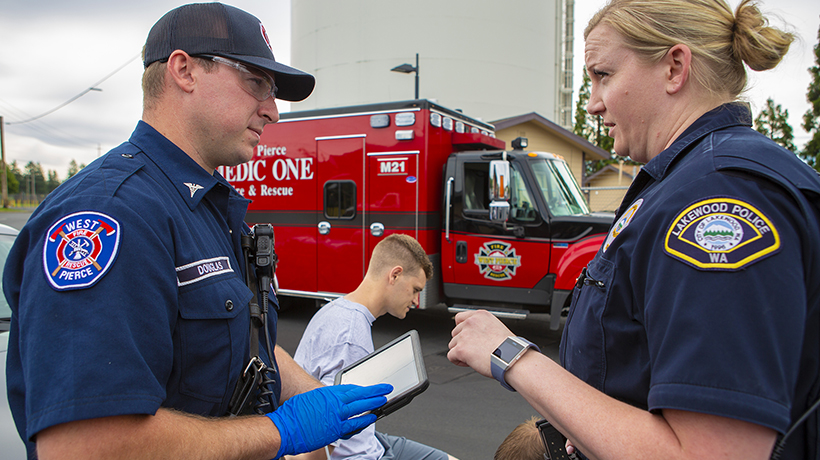Advancements in mobile technology have benefited many industries, and police and law enforcement are no exception. With instant access to critical data, maps, records, and dispatchers, today’s officers are equipped to better manage incidents and quickly respond to changing situations. Field mobility can improve officer safety and well-being, agency workflows, productivity, and situational awareness.
Aside from the obvious advantages to officers on the front lines, there are numerous hidden benefits of how field mobility can enhance and aid an agency’s operations and objectives. An important – and often underutilized – benefit is incident and police data for analysis, reporting, and engagement.
Many police agencies are experiencing tighter budgets amid historic levels of urbanization and greater demands for service. At the same time, the public is expecting more transparency and accountability from agencies. By understanding and using incident and police data, agency leaders can make evidence-based decisions about how to allocate resources, improve operational efficiencies, reduce time spent on administrative tasks, and more. It also helps communicate information to stakeholders about performance and policy and to justify funding.
There are many ways field mobility can improve police data. Here’s a look at the top four.
1. Field mobility acts as a force multiplier
Mobile devices and applications can free officers from the confines of a precinct, giving them more time and visibility in the field to prevent and solve crimes, as well as engage with the community. Police agencies that embrace mobile technologies can dramatically cut down on time-consuming manual processes, reduce redundancies, make better use of officers, and be more productive.
2. Mobile solutions reduce errors
Whether it’s issuing traffic tickets or taking witness accounts, better evidence and information capture is the direct result of flawless data input. But the reality is, officers in the not-so-distant past were required to spend a considerable amount of time combing through handwritten information, hand-drawing diagrams, and typing up field reports – all with potential errors and mistakes. Data collected using mobile solutions results in higher-quality information than handwritten tickets or reports, which speeds up incident resolution and makes it easier for agencies to use in business intelligence and decision-making.
3. Mobile devices clear radio traffic
The demand for information across the radio often exceeds the capacity of dispatchers and the network. This means constant radio traffic for common tasks like person and vehicle lookups. Agencies can move these information requests from the radio to self-service using mobile devices, freeing up radio channels and dispatchers for more complex and pressing tasks.
4. Applications keep field personnel informed
Not only can field mobility solutions help capture police and law enforcement data, but they also deliver data to those in the field when they need it most. In-vehicle field applications enable units to receive and acknowledge messages, view incident details and maps, and gain context about events via access to informational databases. Marin County Sherriff’s Office in the San Francisco Bay area equips first responders in the field with mobile applications that have a live, map-based view of calls, events, and units to ensure situational awareness and safety.
Next steps
Field mobility is now an integral part of capturing and delivering police and law enforcement data. To learn more about the options available to your agency, check out our HxGN OnCall field mobility solutions.















